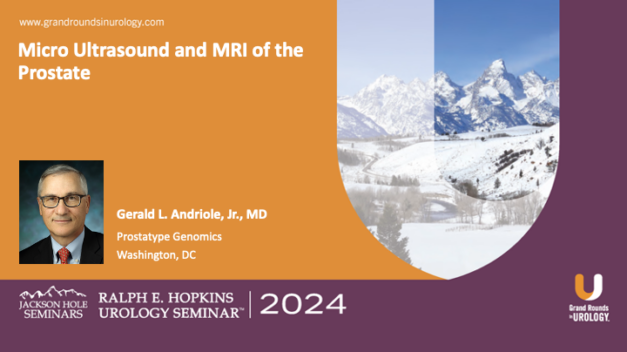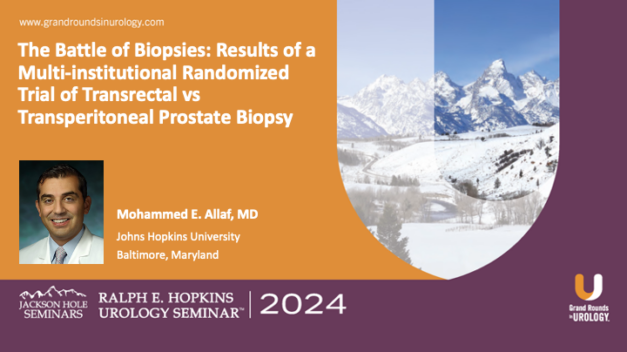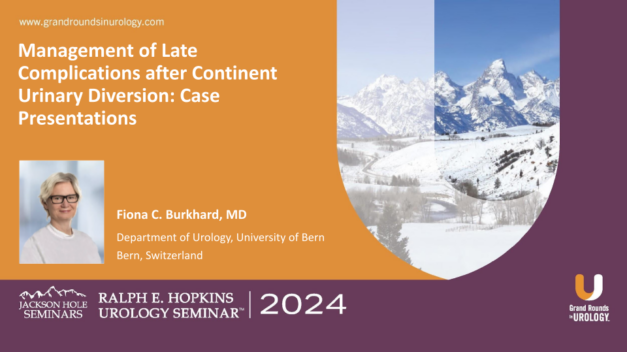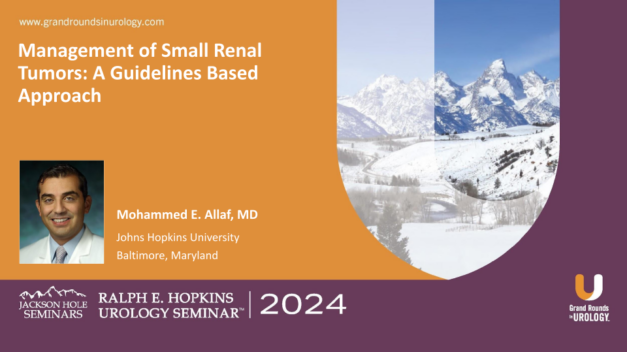Micro Ultrasound and MRI of the Prostate
Dr. Gerald L. Andriole, Jr., MD, analyzes the evolving role of micro-ultrasound and MRI in the diagnosis and management of prostate cancer and discusses the advancements in imaging technologies that have significantly improved the accuracy of prostate cancer detection.
In this 13-minute talk, Dr. Andriole begins by examining the limitations of utilizing single imaging techniques, particularly in detecting small, clinically significant prostate tumors. Dr. Andriole explores the complementary role of micro-ultrasound and multiparametric MRI (mpMRI) in prostate cancer imaging. This combination of micro-ultrasound and MRI, he notes, enhances the accuracy of prostate cancer diagnosis.
Dr. Andriole also highlights the clinical implications of these imaging modalities and their potential to reduce the need for unnecessary biopsies and more effectively guide active surveillance strategies. He discusses the ongoing research and developments to integrate these technologies into routine clinical practice.
Read More




